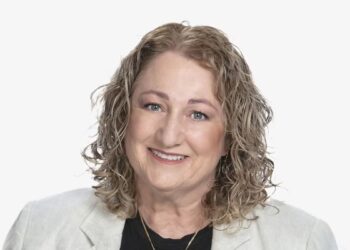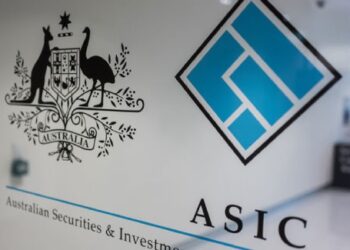One of the measures announced in the federal b udget this year was downsizer contributions, enabling individuals over the age of 65 to contribute up $300,000 into their super fund from the sale of their home.
The measure is currently before the Senate and is likely to apply from 1 July next year.
SuperConcepts general manager — technical services and education, Peter Burgess warned that downsizer contributions are somewhat risky for both SMSF practitioners and trustees because it involves clients who are over 65.
“That means there is no room for error here. We have to make sure that the contribution meets the criteria to be a downsizer contribution, because if it doesn’t your client could be in breach of the work test rules,” Mr Burgess told delegates at the SMSF Summit.
“The contribution would then need to be refunded or it could push them over their contribution cap, because if it doesn’t meet the criteria, those types of contributions will be classified as non-concessional contributions and that could of course push your client over the cap.”
The criteria that the client needs to satisfy is therefore very important, said Mr Burgess.
“This measure is only available for clients that are over 65 years of age, the client or their spouse must have held the property for 10 years, there is a cap of $300,000 so we’ve got another cap to think about, and the dwelling must be in Australia and not be a mobile home,” he explained.
“The contribution must also be made within 90 days of the home changing ownership.”
Mr Burgess noted that the legislation extends to properties that a client still owns but is no longer their main place of residence.
“It may well be that they’re now renting out that property that originally was their main place of residence. As long as when they sell that property it would be entitled to at least a partial CGT exemption on the main residence exemption, it qualifies as a property for this purpose,” he said.
“So, you may have some clients who own properties at the moment, who qualify for this initiative and that property has already been counted against Centrelink’s asset test calculations. So, by them selling that property and contributing that $300,000, from a Centrelink asset test perspective, they may be no worse off.”
SMSF practitioners, however, will still need to consider the implications of this on the income test, he said.


